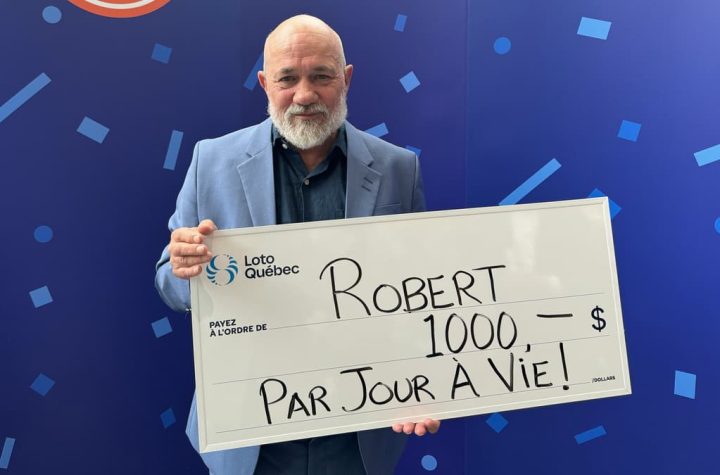
Welcome to rhonograms and quattameters: The General Conference on Weights and Measures (CGPM) on Friday adopted new prefixes to express minute or enormous orders, which have become commonplace in modern science.
This is the first time in more than three decades that the International System (SI), introduced in 1960 and commonly known as the metric system, has adopted new prefixes.
While everyone knows the kilo, which expresses a number of meters or grams in thousands, for example, with three zeros behind the unit, only scientists use the zetta or yotta, which express a quantity with 21 and 24 zeros, respectively.
They were introduced in 1991 when the chemical community needed to express the sizes of molecules of this size.
But even Yota will not satisfy the need to express ever-increasing orders due to the explosion of digital technologies, says Richard Brown, head of metrology and measurement at Britain’s National Physical Laboratory.
“We are very close to the limit of expressing data in yotabytes, which is the highest prefix available,” the scientist behind the change told AFP.
This shift isn’t just for the infinitely large: it also applies to the infinitely small as we study “quantum science, particle physics, where we measure very, very small things,” adds Richard Brown.
Baptism at Versailles
The new prefixes express Ronna (R) and Quetta (Q) quantities with 27 and 30 zeros behind the unit respectively. Symmetrically, ronto (r) and quecto (q) are express quantities whose unit is the 27th and 30th behind the comma, respectively.
With these prefixes, “the Earth weighs about six grammes,” or six followed by 27 zeros, Dr. Brown notes.
Conversely, the weight of six rontograms is equal to the decimal number, six to the right of the decimal point 27th place.
The changes were approved on Friday at the Palace of Versailles (west of Paris) by scientists gathered at the CGPM, held every four years.
A British scientist wanted to create new prefixes by observing the appearance of fancy denominations like + Brontobytes + or + Hellabytes + used for data storage.
But the SI requirement to use single letter prefixes must be met. “Letters R and Q that should not be used for other units or symbols,” he says.
A convention also dictates that the prefixes of large orders of magnitude end with the letter “a” and those of much smaller orders with “o”.
Ronna and Ronto, Quetta and Quecto, at least for the next 20 to 25 years, will meet the requirements of measuring very large numbers, says a metrology expert.




![[VIDÉO] Private in health: Christian Dubey interrupted by CSN presenters](https://queenscitizen.ca/wp-content/uploads/2024/05/VIDEO-Private-in-health-Christian-Dubey-interrupted-by-CSN-presenters-720x475.jpg)
More Stories
Allegations of corruption Qatar warns of ‘negative impact’ of European measures
USA: Famous “Hollywood cat” euthanized in Los Angeles
The campaigner who called for the shooting of Ukrainian children has not been charged